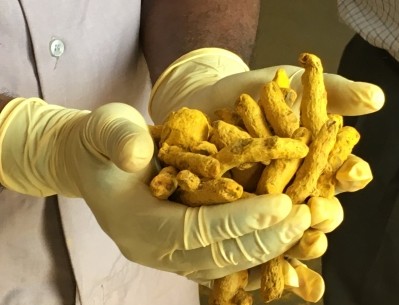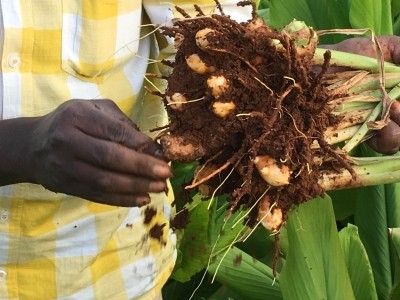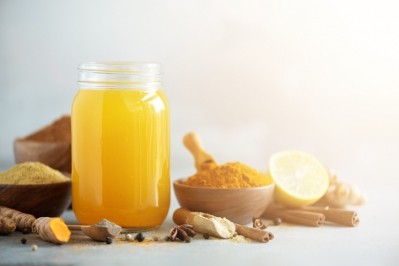Sabinsa moves to spread out turmeric risk in face of monsoon variability
Shaheen Majeed, president worldwide of Sabinsa, which is based in Bengaluru, India, said recent flooding in India that adversely affected the turmeric harvest has made the company reemphasize its program to spread its geographical risk. This was so even though the company was not affected directly by the recent floods.
Farmers in many parts of India rely upon monsoon rains that sweep over the continent from the Indian Ocean. Despite ongoing irrigation project development, more than 60% of India’s agriculture remains rainfall fed, and 70% of total rainfall comes in the June through September monsoon season. While the volume of the rains has always been variable, for the second time in recent years extremely heavy precipitation caused flooding in many parts of central India where much of the botanical is grown. The issue was expected to cut the overall harvest by as much as 20%.
Spreading the risk
Turmeric is a major spice in Indian cuisine and is used in many Ayurvedic medicine preparations, and along with onions forms one of mainstays of the Indian food supply picture. It has also become one of the best selling herbal ingredients for use in dietary supplements, which focus mostly on the curcuminoids fraction of the plant, which is extracted from the roots.
“On the turmeric supply front we are mostly in Tamil Nadu (India’s southernmost state) and in some states up north. So we have not been too badly affected,” Majeed told NutraIngredients-USA during an interview at the recent SupplySide West trade show in Las Vegas, NV.
“At large, the turmeric supply worldwide could be affected. We have been doing a lot of cultivation activities outside of India for several years. We have fields in some countries in Southeast Asia and we even went over to Africa,” he said.
The company has also moved to make more complete use of the turmeric it already harvests and processes. Sabinsa has processing facilities in and around Bengaluru and also has a facility in Hyderabad, another large inland city further north on the Deccan Plateau.
The new ingredient is called Starmeric, which is a resistant starch derived from the leftover mast from curcumin extraction. Sabinsa’s continuous extraction facility churns out tons of leftover material daily. The new ingredient supports a prebiotic claim and can be used in dosages of as little as one gram, Majeed said.









